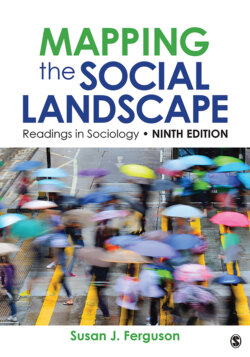Читать книгу Mapping the Social Landscape - Группа авторов - Страница 107
The Research Approach
ОглавлениеWe gathered experiential data on how children use racial and ethnic understandings in everyday relationships. Influenced by Dunn’s (1991) approach, we made unstructured field observations and recorded everyday behaviors. Our data come from extensive observations of 58 three-, four-, and five-year old children in a large preschool in a southern city. The school employed a popular antibias curriculum (Derman-Sparks 1989). Over an 11-month period in 1993, we systematically observed everyday interactions in one large classroom containing a very diverse group of children. The center’s official data on the racial and ethnic backgrounds of children in the classroom are: White = 24, Asian = 19, Black = 4, biracial = 3, Middle Eastern = 3, Latino = 2, and other = 3….
Like the children and teachers, the senior author (hereafter Debi), a White woman, was usually in the classroom all day for five days a week. As observer and playmate, Debi watched the children and listened to them in their free play and teacher-directed activities. Over 11 months Debi observed 370 significant episodes involving a racial or ethnic dimension, about 1 to 3 episodes per day. When children mentioned racial or ethnic matters, Debi noted what they said, to whom they spoke, and the context of the incident. Extensive field notes were entered immediately on a computer in another room when the children were otherwise occupied. This was done to preserve the details of any conversations and the accuracy of the data….
We began with the assumption that very young children would display no knowledge of racial or ethnic concepts and that any use of these concepts would be superficial or naive. Our data contradicted these expectations.
